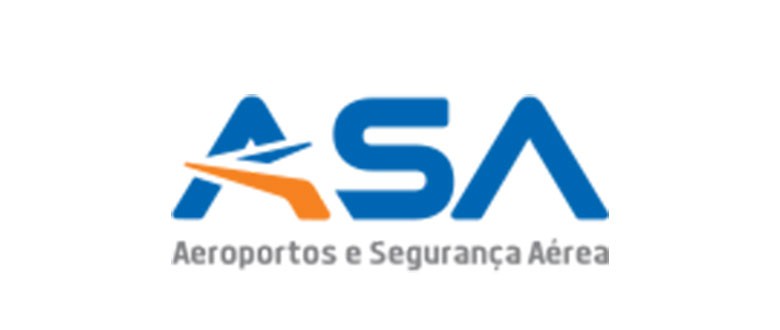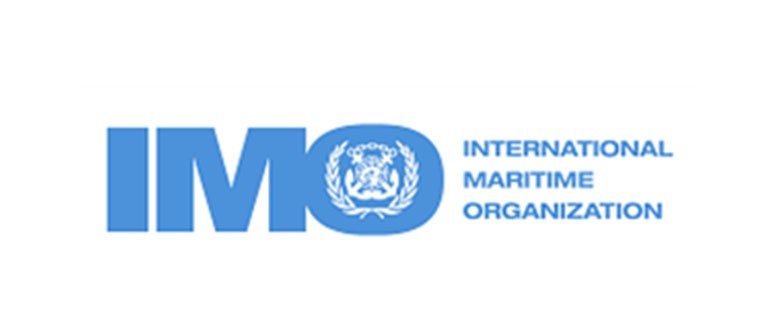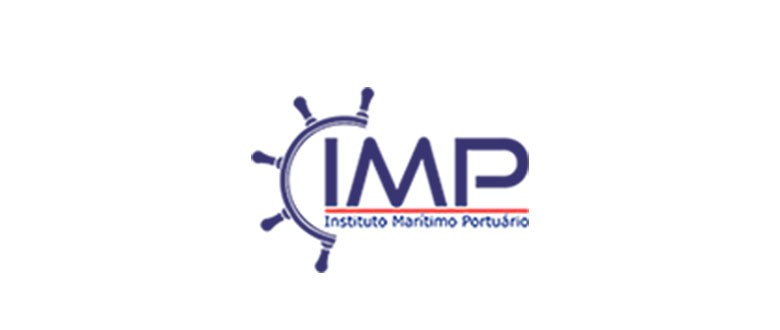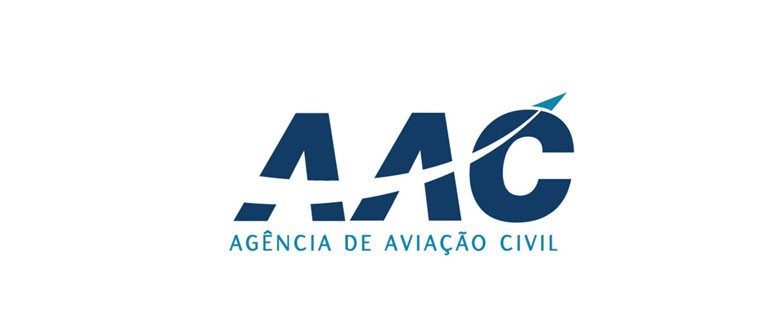Technology in the aeronautical sector 2021-10-12

The International Air Transport Association (IATA) report "Future of the Airline Industry 2035", states that new technologies will define how the industry will develop, and that it will be necessary to find new ways of working to adapt to the pace of technological development.
Elements such as cyber security, robotics, 3D printing, new maintenance techniques, virtual and augmented reality, IoT (Internet of Things), big data, alternative fuels and new energy sources, new transport and transit models, are some examples of the innovations prominent in the near future.
Other technological innovations such as artificial intelligence, which is already used in other sectors, may well become a reality and, in the field of civil aviation, this functionality can be used to personalize the travel experience and thus generate greater satisfaction with the passengers.
Thus, artificial intelligence and automation, the use of big data, i.e. large-capacity data analyzed by computers to reveal patterns, trends and associations in relation to the consumer, are part of the strategy to predict consumer behavior and fine-tune strategies in the sector.
After all, data is a precious asset in the digital age and a great ally that can help prevent, improve the activity or develop better responses with customers or partners.
While there are concerns about privacy and accuracy of findings, big data applications are already being used in training programs in civil aviation, whether through proactive operational safety management programs that use cluster analysis of data records of travel to identify anomalies at specific airports and incorporate them into training content; learning algorithms that continuously analyze data from simulated scenarios to understand individual training needs; and recruitment and selection practices based on comparison of candidate attributes and predictive analytics.
Today, it is already possible for planes to complete journeys on autopilot, with pilots taking manual control only on take-off and landing. In the opinion of some experts, such technological innovations will create new opportunities for the next generation of aeronautical professionals and a new way of traveling for the public, but they will undoubtedly also bring with it significant challenges, such as integrating safety for new traffic and an increasingly congested airspace.
Another innovation in the aeronautical sector involves biometric technology, which is used, for example, in facial recognition or through fingerprints applied in border control, check-in, baggage processing or boarding.
However, even with all this technology present and its possibilities, it is not possible to implement it without an investment in the human factor. The investment in technology also deserves an investment in people, and all human elements must improve their abilities to remain relevant and competent in the digital journey. Yes, the implementation of technology and new methods may mean a reduction in jobs or the elimination of certain more traditional jobs, but at the same time new opportunities will be created for more qualified and well-trained personnel to deal with these innovations.
By the way, the 5th Council Off-site Strategy Meeting (COSM 2018) which had as its theme "Aviation of the Future", focused on the analysis of the potential impact of rapid technological change on civil aviation and on the discussion of the different approaches that could be necessary to adopt. One of the conclusions drawn from the meeting states that the process of developing ICAO standards will need to keep pace with technological development in the field of civil aviation, but also, taking into account that many States have difficulties in implementing ICAO standards and recommended practices (SARPs), this international body may have to develop new tools in the future, such as publishing “best practices”.
In the same vein, industry representatives agreed that the pace of technological development is faster than ever in the history of civil aviation and, in this sense, the ICAO will have to focus on clearly defining the challenges associated with the introduction of new technologies, namely, the transition to a more data-driven approach to developing and prioritizing their work programs; and look at using performance standards-based solutions as a means of keeping pace with development.
In other words, the International Civil Aviation Organization itself will need to find new ways of working to adapt to the accelerated pace of technological development and the growing needs of Member States, where the expansion of what exists with partnerships and a proactive involvement with the industry, to keep pace with technological change, will be essential.
Although technologies are advancing and the industry is moving towards their adoption, everything can fall apart without an effective and strategic implementation. It is not enough to simply apply, but to test, test and test in various scenarios, with different passengers and different areas. It is also important to remember that more investment in technology also implies a greater awareness of privacy and an equal investment in security, as the threats are greater.







